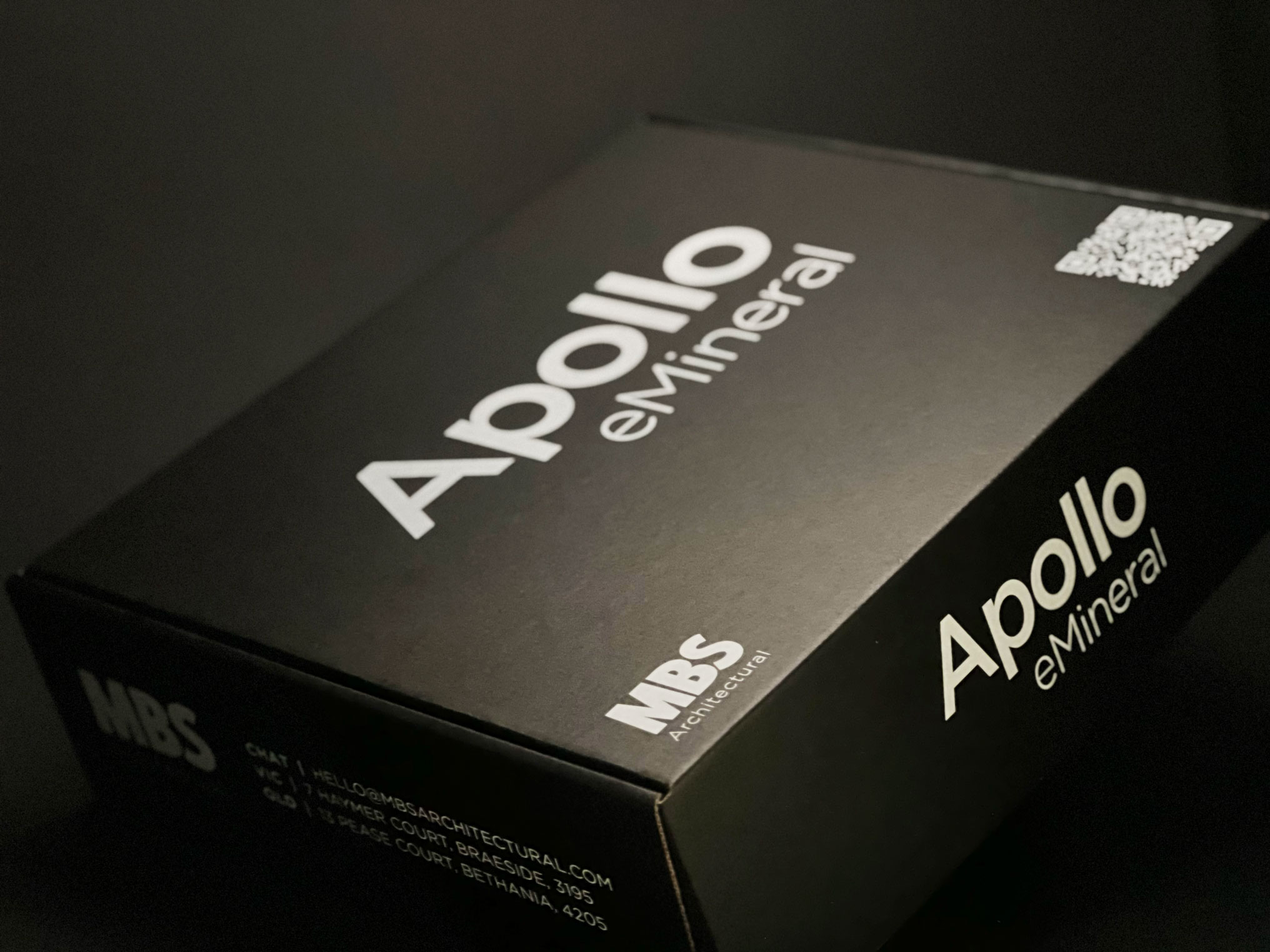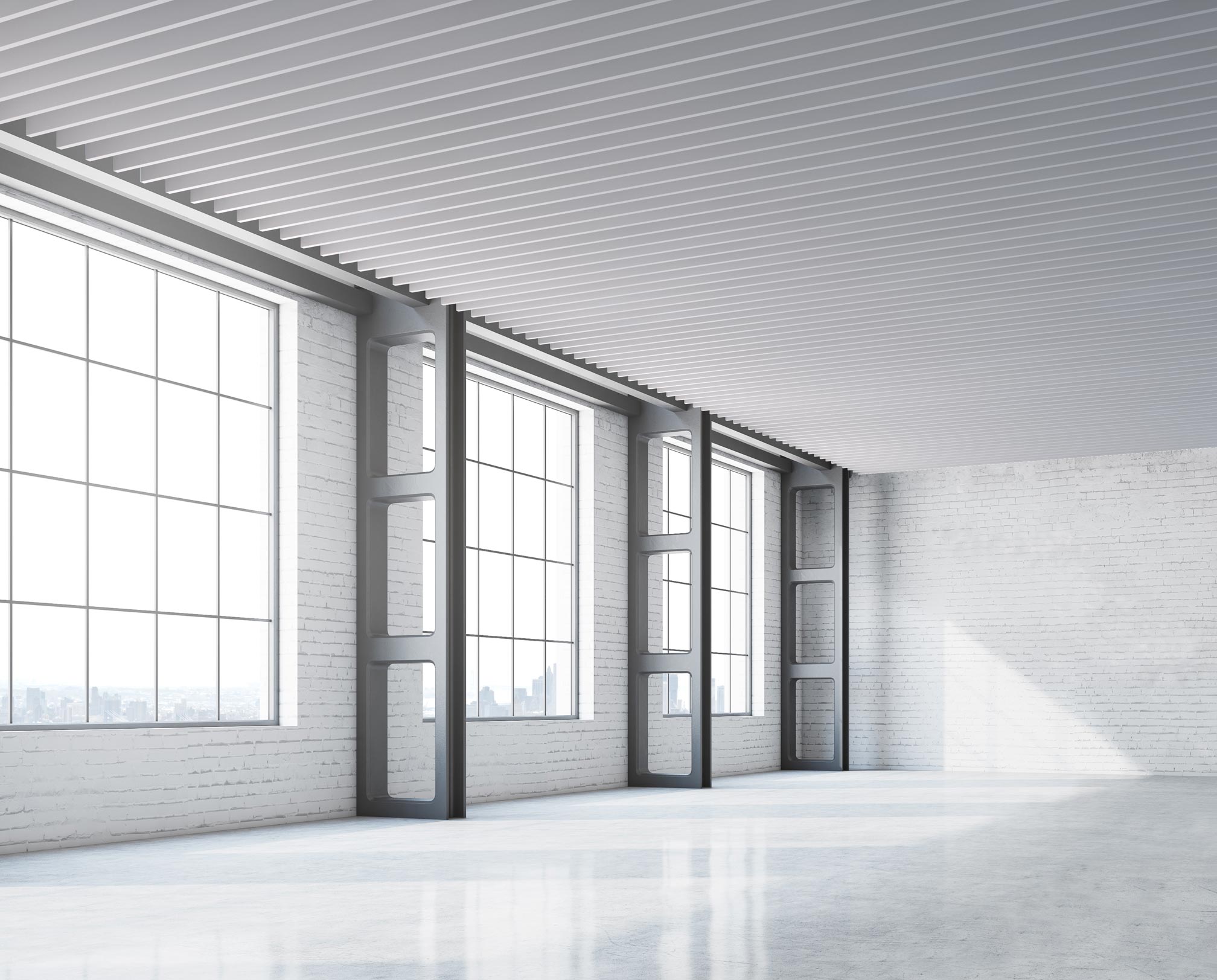
Are you looking to detail a service trough within your next ceiling? If so, you've come to the right place! Designing the perfect trough to centralise services within a ceiling can be daunting. Below we've put together a list of items you should consider when planning your next service trough.
What is a service trough?
A service trough is typically a long, narrow structure housed within the ceiling while the intended purpose of providing a clean and central location to house services.
Services often located within a trough include:
⤷ Mechanical/linear ducts
⤷ Lights
⤷ Sprinklers
⤷ Speakers
⤷ Cameras
⤷ Any other bulky items
A service trough is typically a highly functional element within the ceiling. By centralising services to a channel, architects and designers can achieve simple, uncluttered, clean and elegant ceiling designs.
Service troughs are typically made of metal and are constructed in a variety of widths, lengths, and depths. These measurements are a critical component of the design process and something we will explore in greater detail further in this guide.

Benefits of a service trough
As previously mentioned, service troughs are an excellent choice for ceiling designs aiming to maintain a clean, uncluttered ceiling plane.
When considering the trough holistically as part of the ceiling design, there are several design choices that can be made:
Design the trough so that it blends in as part of the ceiling.
For example - a narrow black track that runs parallel to a linear batten ceiling, matching the colour of any trims/acoustic insulation.
Design the trough to be visually striking or contrasting.
For example, running the trough in the opposite direction to other ceiling materials or using the trough to segment sections of the ceiling plane.
Design the trough to be visually striking.
For example, making it a focal point of the ceiling design philosophy.

Types of Service Trough
The four most common approaches to service troughs are:
Aluminium Extruded Trough
Aluminium extruded troughs are the ideal method of service trough design as they create a highly stable & consistent trough. However, there are several major constraints when looking to utilise an extruded product:
Before extrusion, a dye will need to be cut to suit the exact dimensions of your service trough requirement.
Cutting a dye generally incurs quite a large initial capital cost & a lengthy lead time. This makes it an uneconomical choice for applications with a small number of service troughs.
Dyes are cut to a single exact dimension, removing any size flexibility.
When powder-coating larger extruded service troughs, the combination of trough size and shape can cause some issues with what's known asa 'faraday café effect' during the finishing process. This effect can cause an uneven finish across the surface of the trough.
If you are looking to utilise an aluminium service trough on your next project, we suggest reaching out to your MBS Architectural representative to discuss the best approach to these constraints.

Three-Part Trough
A three-part service trough is a modern approach to service trough design and the method we find most commonly chosen on commercial ceiling designs in Australia.
These service troughs are assembled on-site in three parts: a left wall, a right wall, and a top plate. Each of these parts is highly customisable, allowing for various service trough dimensions (width and depths)across a single ceiling or project. These individual components are either constructed of mild steel or aluminium. **Design tip: Any thickness <1.6mm may present bowing or warping issues on-site.
In the design of this trough, it is essential to consider how the parts are to be assembled on-site. For example, when mechanically fixing the pieces together, the trough design should incorporate aligning pilot holes on each of the three parts (in a non-visible location). This will ensure that all components align and sit flush when the three parts are assembled.

Folded Service Trough
Folded service troughs are an economical solution for ceilings that employ large volumes of troughs. These are manufactured overseas(as part of a larger ceiling package) and then imported into Australia. They involve folding a single sheet of mild steel or aluminium (1.5-2mm thick) to create a seamless, consistent service trough.
MDF/Timber Service Trough
An MDF or timber service trough is a service trough built on-site to suit specific site considerations or unique project requirements. Typically, a less common method of service trough design in Australia as it requires significantly more labour time on-site. Often a good choice where looking to use the service trough to create a unique ceiling feature.
Service trough design considerations
We have compiled a list of items to consider when designing your service trough:
⤷ Measure all services that you are looking to locate within the trough. This is a critical element when designing the overall dimension of your trough.
**Design Tip: Where possible, look to keep trough size consistent across your ceiling plenum, irrespective of changes in service size requirements.
⤷ How will your service trough be supported within the ceiling plenum? This is a detailing item that MBS Architectural can assist with.
⤷ How will your services be supported within the trough? Will they be independently hung, or will the trough carry their weight?
**Design Tip: Look for services to be independently suspended where possible. If the trough is to take the weight of the services, then a bulkier design will often be required.
⤷ Are there any clearance requirements for services within the trough (eg. sprinklers activating)?
⤷ Will service trough penetrations be completed on or off-site? Off-site is generally preferred. However, it will require a much higher degree of service coordination before ordering.
**Design Tip: Where possible, have larger rectangular penetrations (eg. Linear Ducts) completed off-site. Smaller circular cut-outs can be easily achieved on-site through hole sawing, provided the trough material is not too thick.
Book a call with our architectural team today to get down into the detail. We are happy to chat through ideas, materiality and budget to find out how we can help you create the interiors you need. Simply drop us a note on hello@mbsarchitectural.com.au or call us on 03 9580 7800 to chat with our specification team.
Every material.one source.
Let's bring your project to life.










































